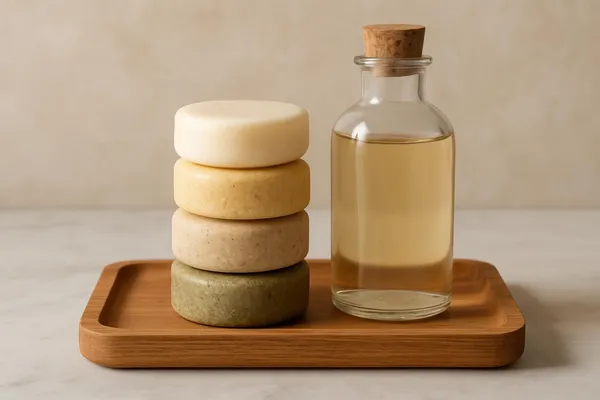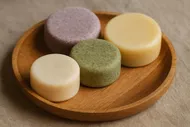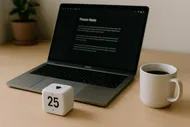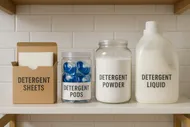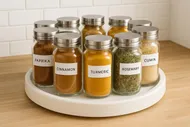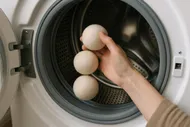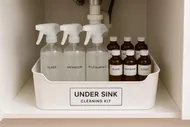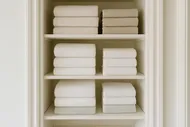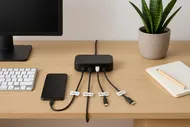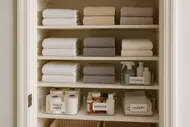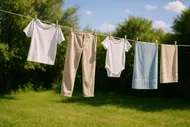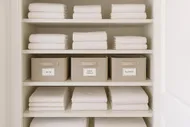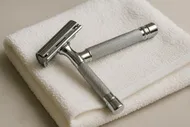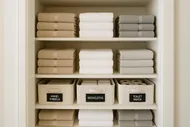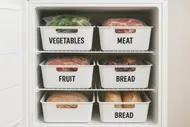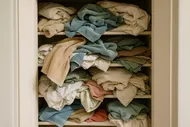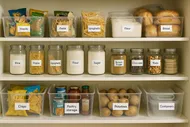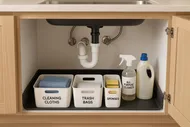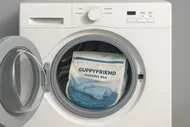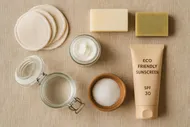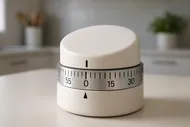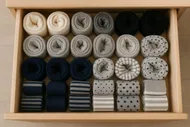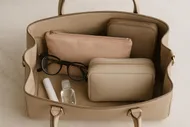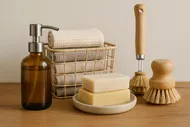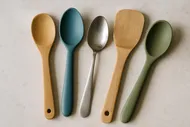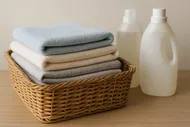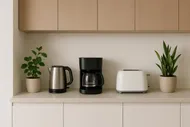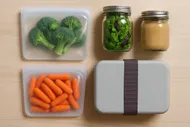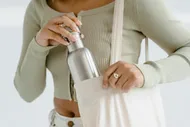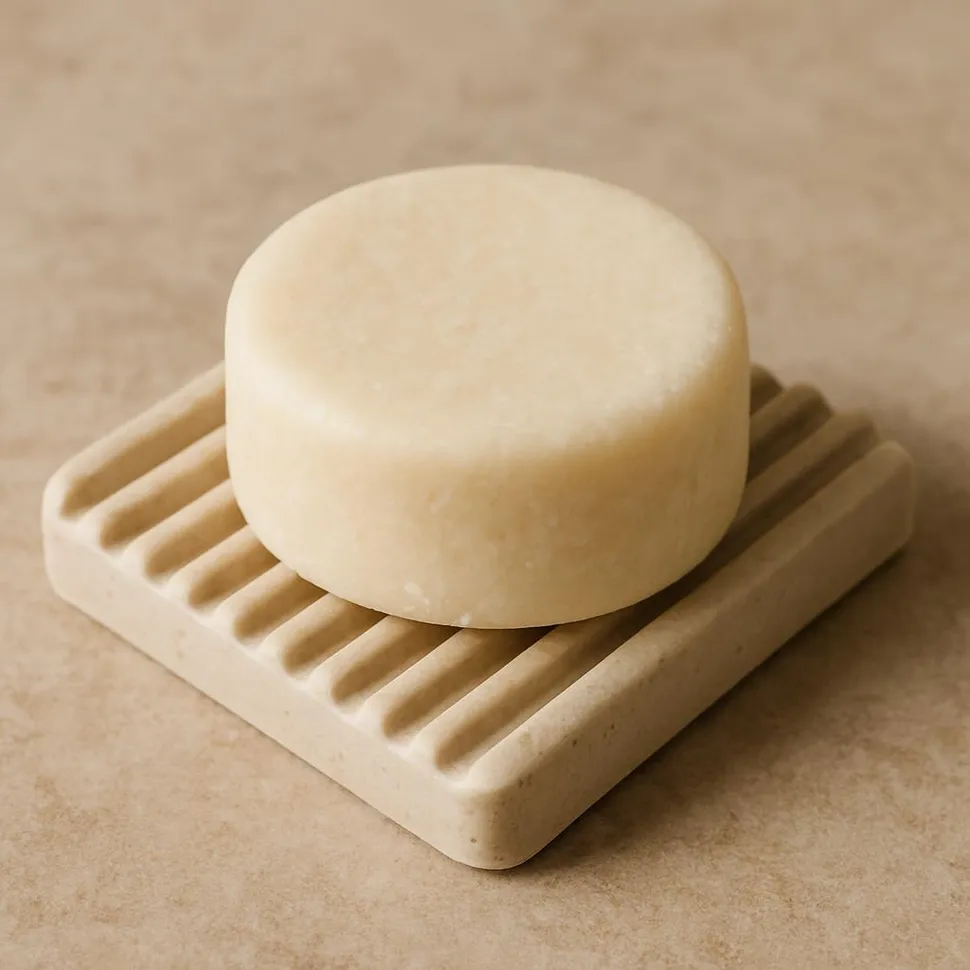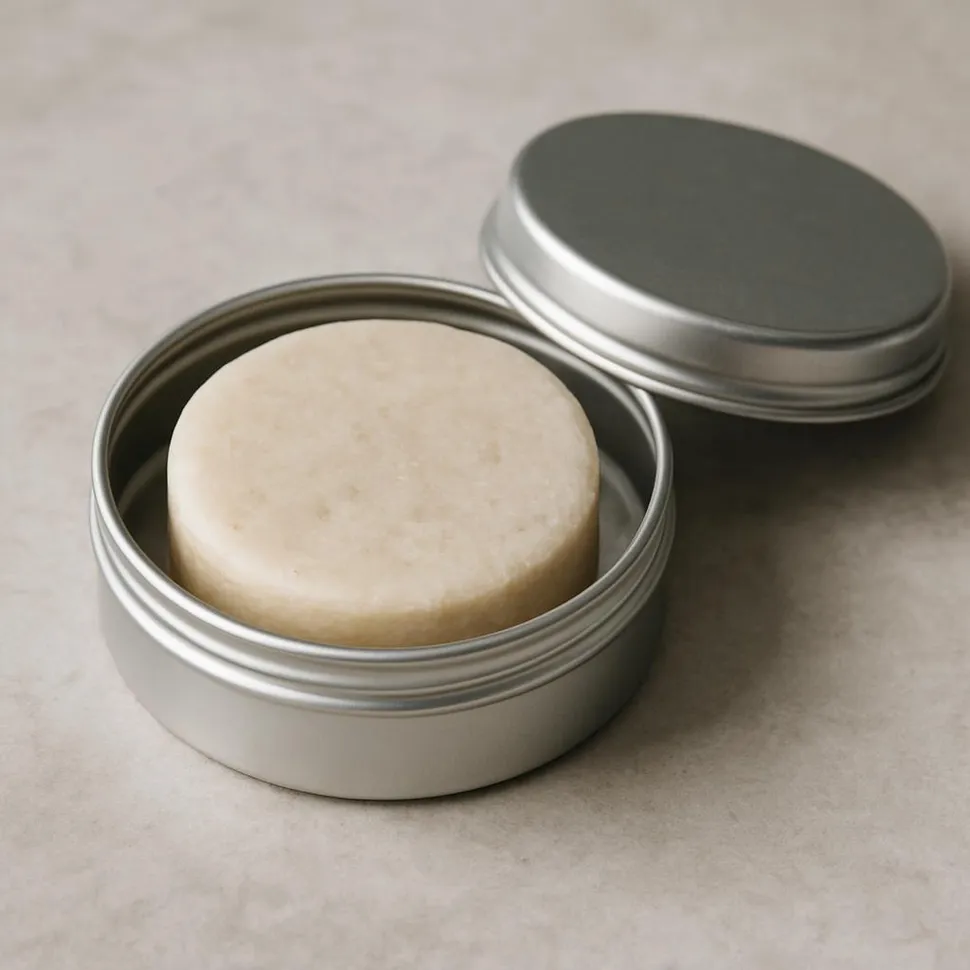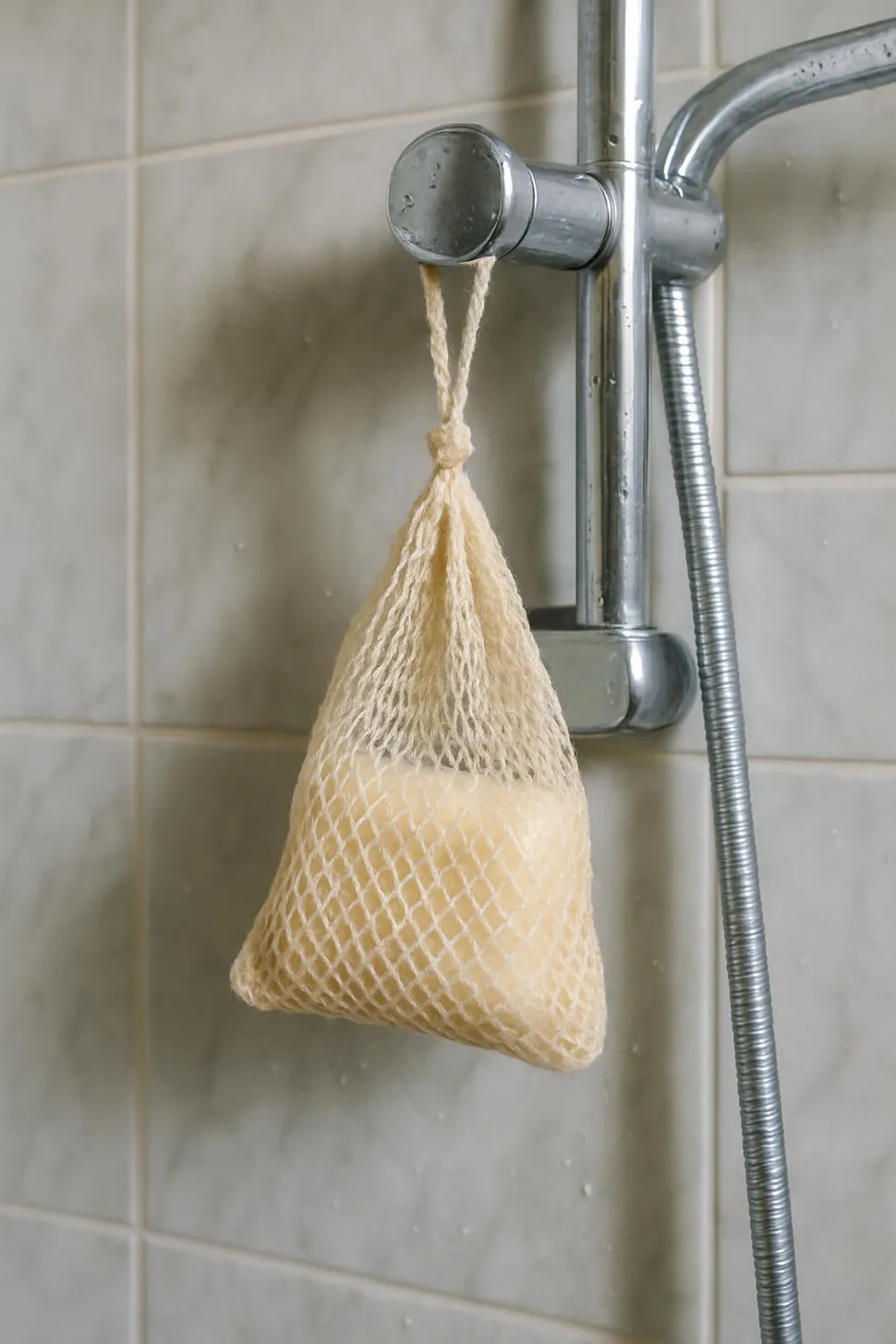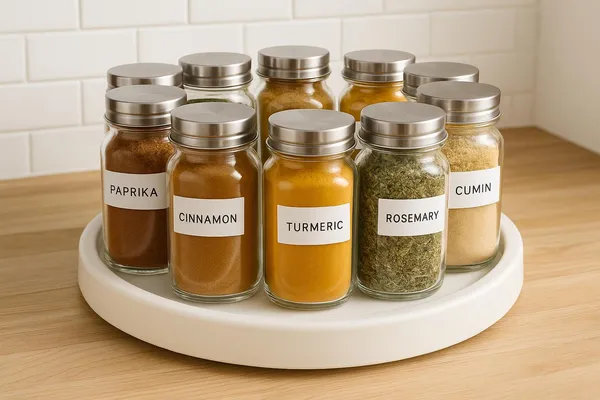Shampoo bars are having a main-character moment, and for good reason. They’re tiny powerhouses that promise big suds, soft hair, and way less plastic. But do they actually outperform bottled shampoo? I test-drove a few popular bars alongside my usual salon bottle to compare lather, scalp feel, travel-friendliness, and cost-per-wash—plus what to do if your water is hard and your hair feels… meh. Grab a towel; we’re going in.
Shampoo Bars vs. Bottled Shampoo: Lather, Longevity, and Plastic Waste
ℹ️Heads up
This guide includes external links to helpful products. Some may be affiliate links, which help support MySimple.life at no cost to you. Thank you for keeping the lights (and low-waste experiments) on.
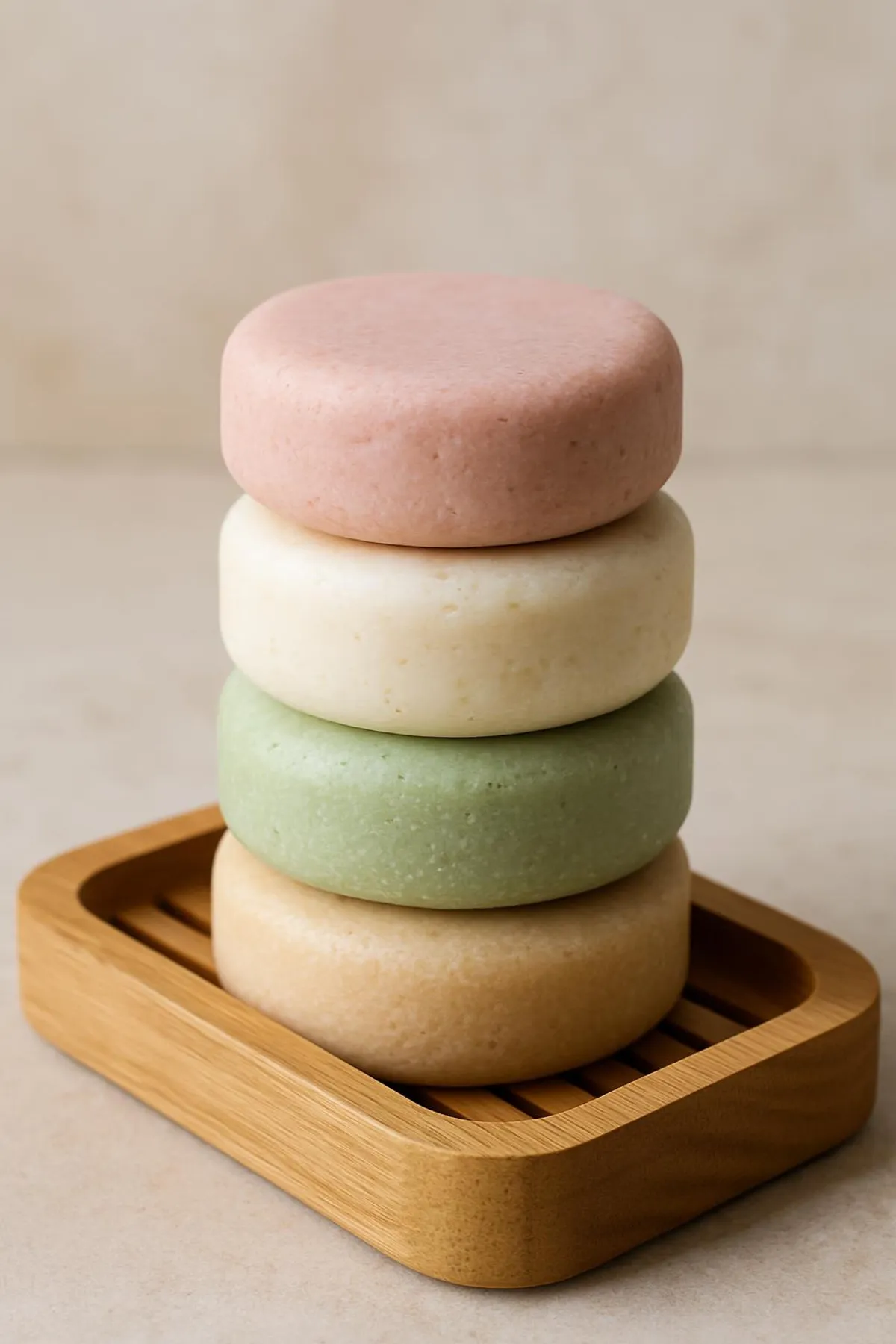
The case for bars: smaller, lighter, less plastic
A single bar can replace two to three plastic bottles, which makes your bathroom shelf look calmer and your recycling bin lighter. If you’re in the middle of greening your bathroom, you’ll love pairing bars with small swaps like a metal razor and a water-saving shower head. Peek at these for a cozy, sustainable bathroom makeover:
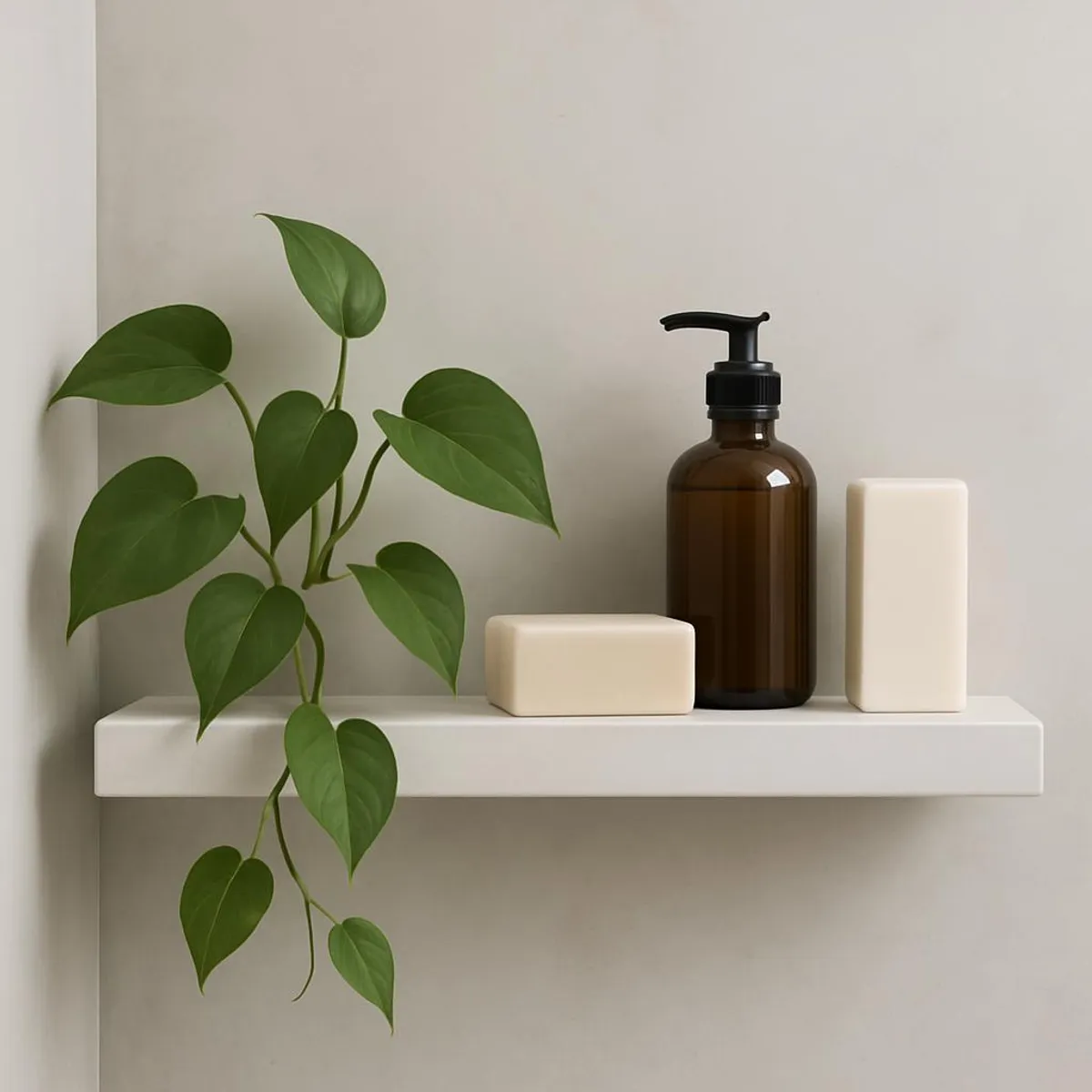
Lather: yes, bars can foam like a pro (if you pick the right kind)
Not all shampoo bars are created equal. You’ll find two main families:
- Syndet bars: These are gentle surfactant bars (read: not soap), using ingredients like SCI (sodium cocoyl isethionate) or SLSa (sodium lauryl sulfoacetate). They behave like bottled shampoo, rinse clean, and generally win for hard water and color-treated hair.
- True soap bars (saponified oils): Think coconut or olive oil bars that have been saponified. Lovely for some scalps, but in hard water they can create buildup and leave hair tacky unless you use a rinse.
🧪Ingredient decoder
- SCI or SLSa: Mild surfactants that create creamy lather. Friendly to many hair types.
- Coco-betaine and decyl glucoside: Gentle, plant-derived surfactants often used for sensitive scalps.
- Saponified oils (sodium olivate/cocoate): Real soap. Can work beautifully in soft water; may need an acidic rinse otherwise.
- Silicones (dimethicone, amodimethicone): Smoothing agents found in some bottle formulas; great slip, but can build up.
- Proteins (rice/silk): Lightweight volume and shine; watch for stiffness if overused.
The best shampoo is the one you'll actually use consistently—and the one that keeps the planet's hair looking good, too.
Chloe Greenfield
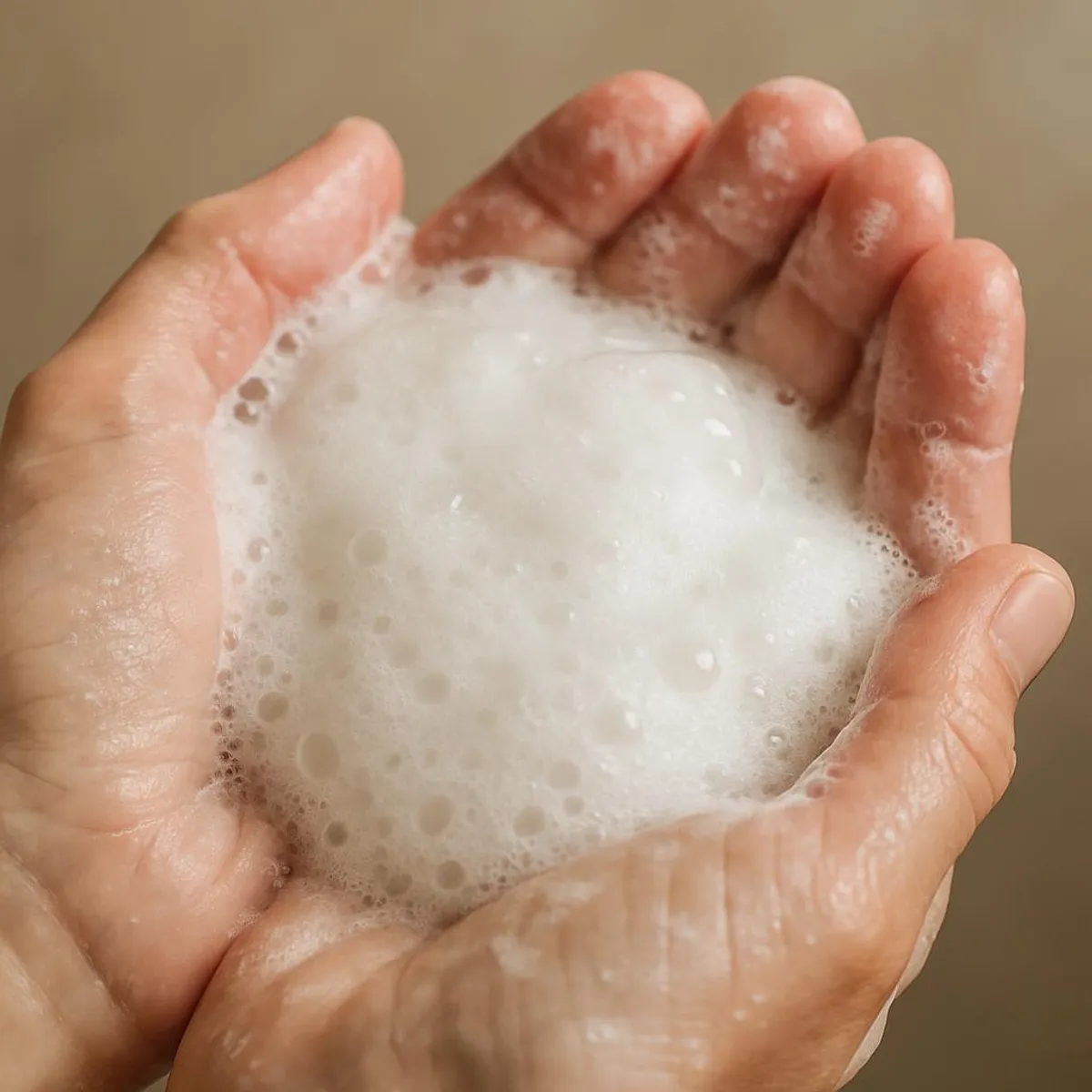
Hard water playbook: how to avoid the waxy, tacky feel
If your bar experiment left you with a weird residue, don’t throw in the towel. Hard water can bind with soap or hair products and create film. Try this:
- Choose a syndet bar. Look for SCI/SLSa and avoid saponified oils if your water is very hard.
- Use more water, less bar. Fully drench hair before swiping the bar 4–6 times at the scalp, then work up a lather with fingertips.
- Rinse longer than you think. Another 15–20 seconds can be the difference between meh and magic.
- Do a weekly acidic rinse. Think citric acid or ACV to cut minerals and smooth the cuticle.
✨Quick clarifying rinse
- Mix 1 cup cool water + 1 tsp apple cider vinegar or 1/2 tsp citric acid.
- Pour over hair after shampoo. Let sit for 30–60 seconds. Rinse well.
- Condition as usual. The vinegar smell disappears when your hair dries.
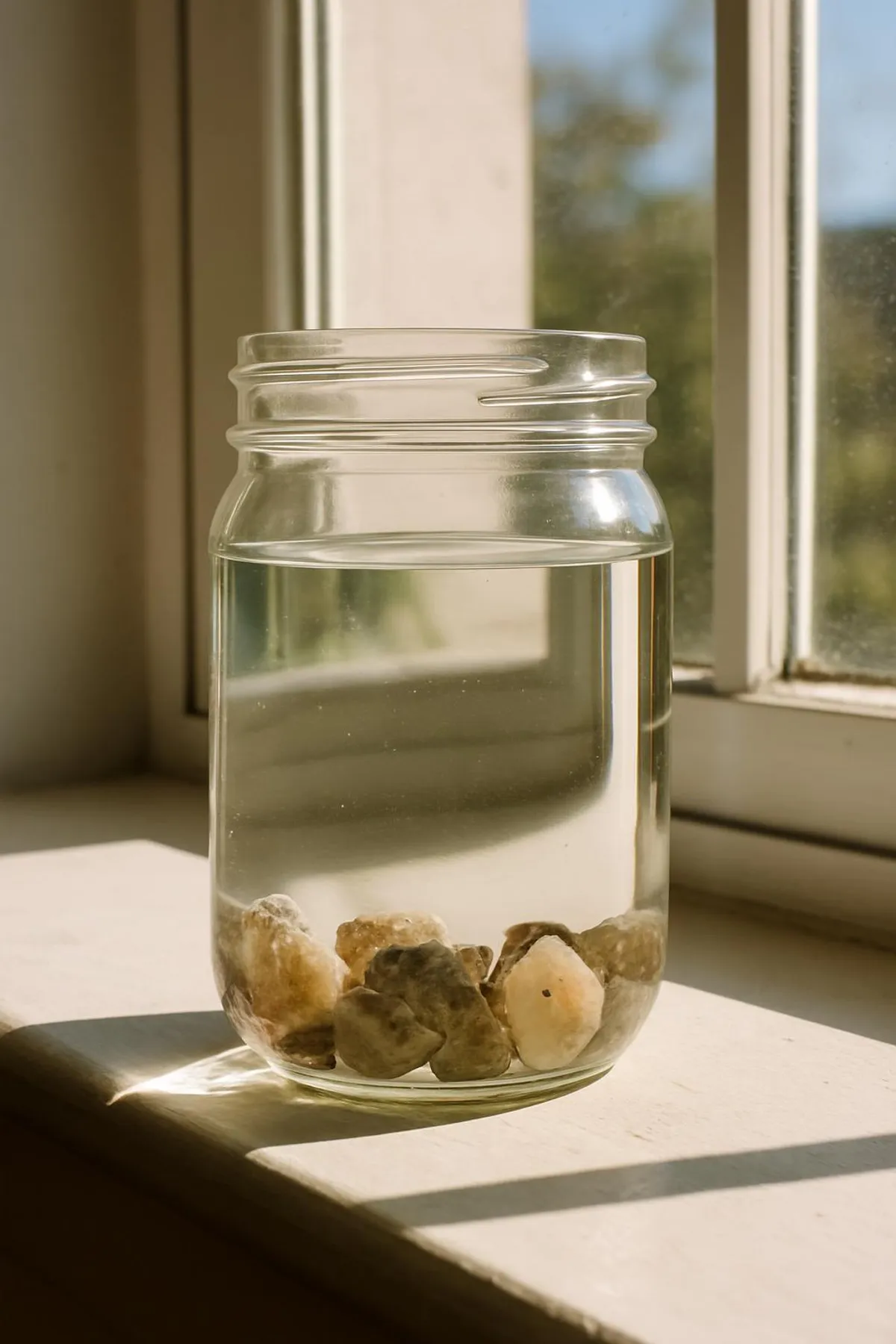
Cost-per-wash: bars can beat bottles (especially for travelers and short hair)
Here’s the quick math I ran at home:
- Typical shampoo bar: $12, lasts ~60–80 washes depending on hair length and storage = $0.15–$0.20 per wash
- Salon bottle: $24 for 10 oz (295 mL). If you use ~8 mL per wash, that’s ~37 washes = ~$0.65 per wash
- Drugstore bottle: $10 for 13 oz (384 mL). At 8 mL per wash, ~48 washes = ~$0.21 per wash
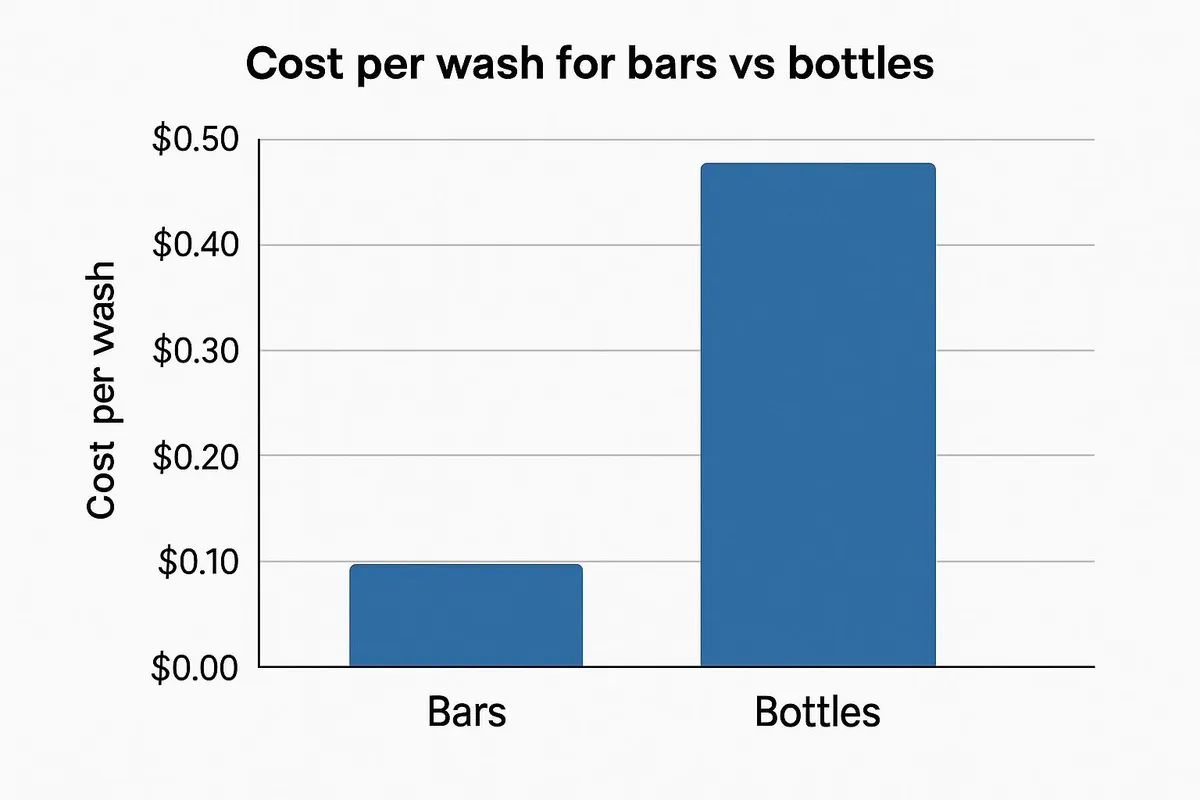
Note: Your mileage varies with hair length, water type, and how well you store the bar. Which brings us to…
Bar care 101: make it last like a champ
Letting your bar sit in a puddle is like leaving a cookie in a teacup—it’ll dissolve. Keep bars high and dry between uses:
- Use a ridged soap saver or a cedar dish to maximize airflow.
- Store out of the direct spray. A corner shelf or a magnetic wall mount is gold.
- For travel, pat the bar dry on a towel, then pop it into a vented tin or a breathable pouch.
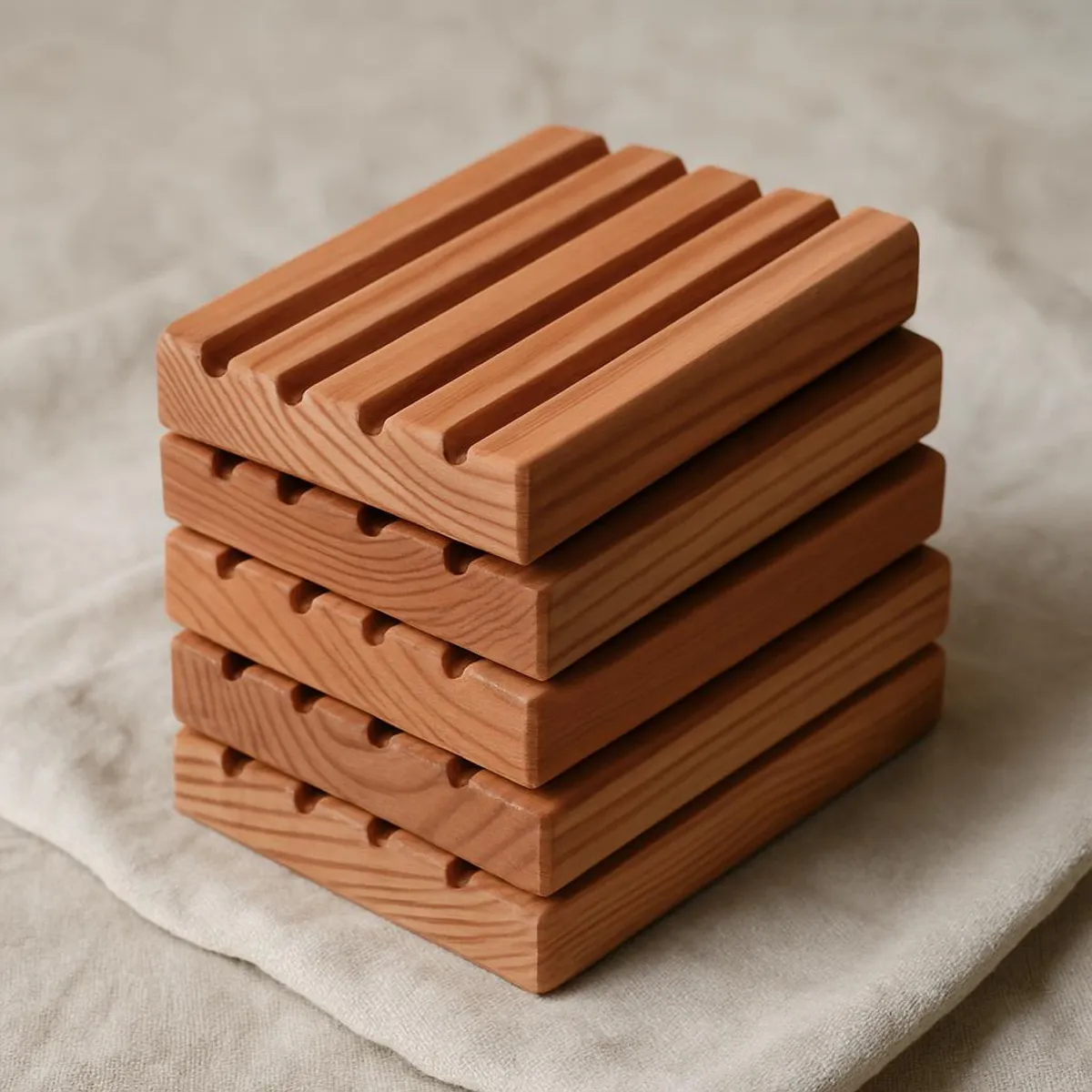
Travel-friendliness: TSA-proof and gym-bag easy
Shampoo bars are the MVPs of airplane security and swim-lane sprints. No liquids, no leaks, no confiscation. Pair yours with a solid conditioner and you’ll breeze through TSA without decanting. For more planet-friendly packing ideas, tag in this guide: Smart and Eco-Friendly Travel Packing Tips.
Pro tip: If you routinely shower at the gym, stick a tiny square of a bar in a reusable tin so you’re not schlepping a wet full-size bar.
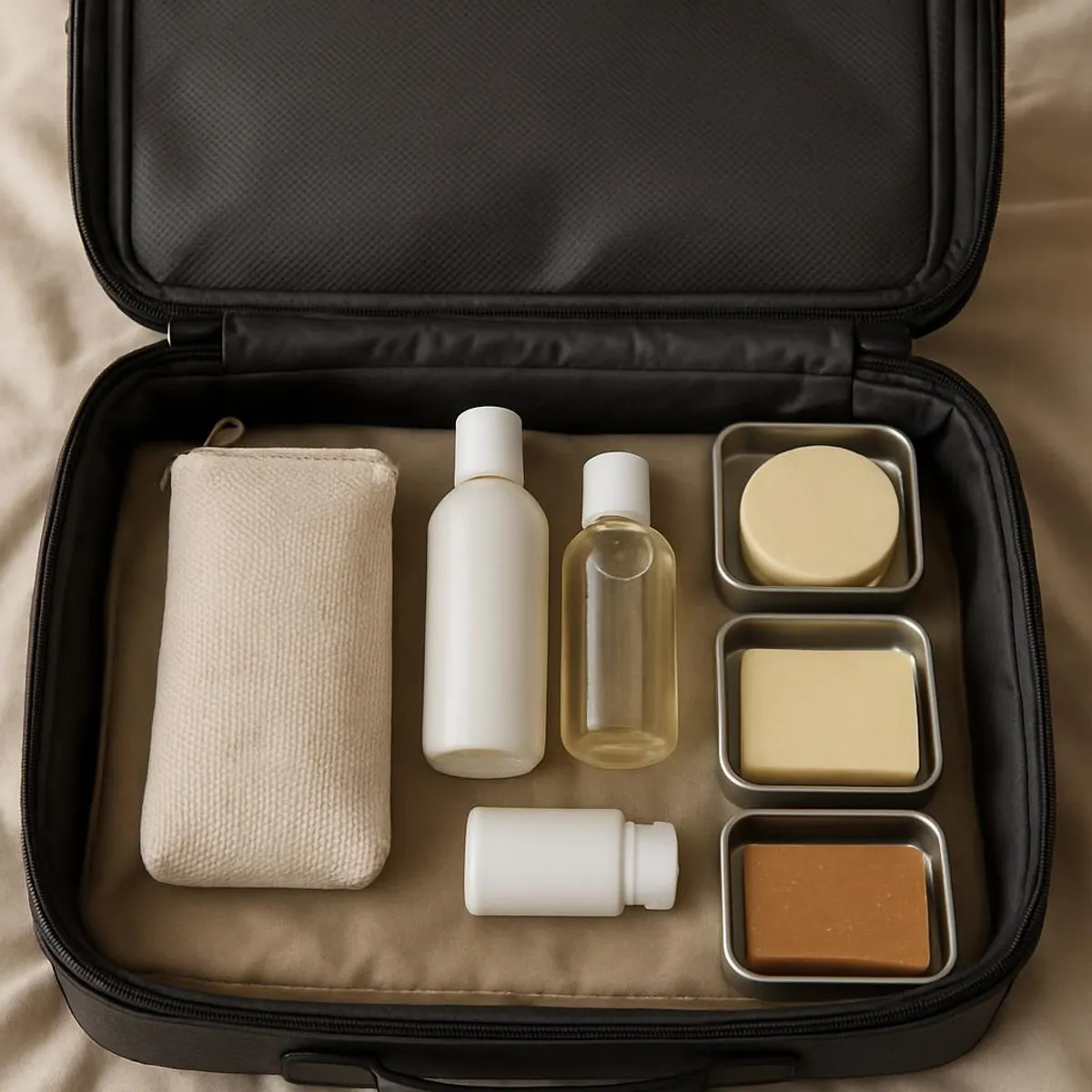
Scalp feel and the transition window
Most people switching from bottle to bar report one of three experiences:
- Instant love: Clean, soft, and bouncy from day one.
- Mild adjustment: A week or so of flatter hair or a waxy feel; a weekly rinse usually solves it.
- Not a match: If hair stays coated, switch to a syndet bar (SCI/SLSa) or do one clarifying wash before the switch.
⚠️Clarify once if you use lots of styling products
Use your usual clarifying shampoo once, then switch to your bar. This resets residue so you judge the bar fairly. If your bottle is nearly empty, decant into a smaller container and save it for monthly clarifying duty to avoid waste.
When bottles still make sense
If you have very specific hair needs—intense toning, a medical scalp condition, or a precise curl-care routine—a bottled formula might be the best fit. Look for brands that offer refills or concentrated liquids to cut plastic. And if you’re revamping your whole cleaning-and-bath routine, this guide helps you think in concentrates across the home: From Clunky to Sleek: A Low-Waste Guide to Refillable Cleaning Concentrates.
Mini ingredient glossary (pocket edition)
- Sulfates (SLS, SLES): High-lather cleansers that can be drying for some.
- SCI/SLSa: Milder lather champs found in many premium bars.
- Chelators (EDTA, tetrasodium glutamate diacetate): Help hard-water minerals behave.
- Proteins (rice, quinoa, silk): Add shine and body; too much can make hair crunchy.
- Butters/oils (cocoa, shea, argan): Moisture and slip; great in moderation.

My simple residue test (at home)
Curious if your shampoo leaves behind film? Try this nerdy little demo:
- Wash a small glass jar with your product, rinse as usual, then fill with hot water and shake.
- Pour out water and let the glass air-dry.
- Check for a hazy film or streaks. A clean-rinsing formula usually dries squeaky-clear.
It’s not a lab test, but it’s a fun sanity check that correlates surprisingly well with hair feel.

Buyer’s guide: pick your perfect bar
Hair is wonderfully personal—here’s a nudge in the right direction:
- Fine or easily weighed-down hair: Choose a light syndet bar with SCI, minimal oils, and a chelator.
- Curly/textured hair: Look for bars with conditioning agents, butters, and slip; follow with a rich conditioner bar.
- Oily scalp: Go for tea tree or mint blends with gentle surfactants.
- Color-treated hair: Choose sulfate-free and pH-balanced bars with proteins in moderation.
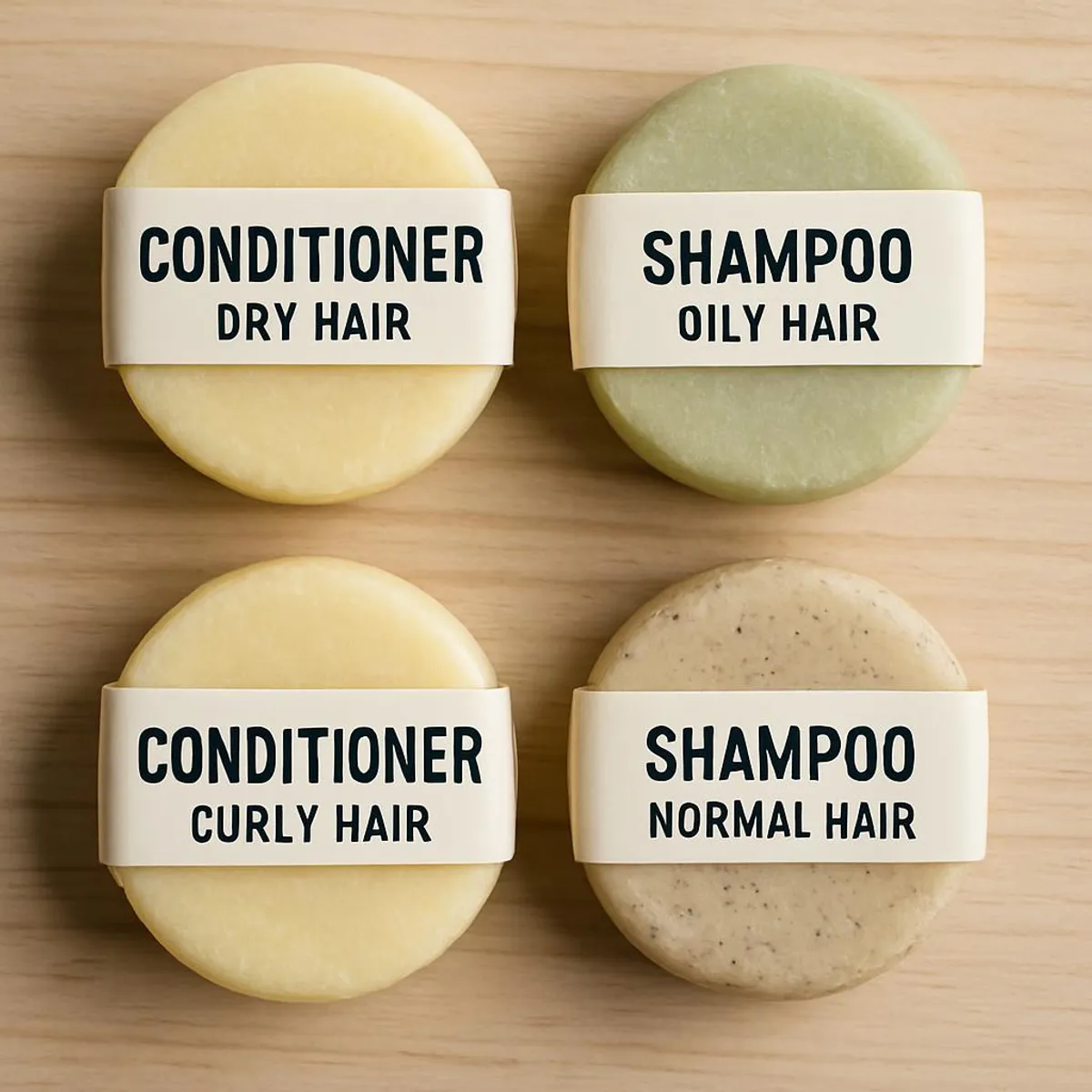
FAQs in two minutes
-
Will bars dry out my hair?
Not if you pick the right formula. Syndet bars with mild surfactants are as gentle as many bottled shampoos. Pair with a conditioner bar if you need more slip.
-
Do I still need a conditioner?
Most people do. Conditioner bars can be surprisingly silky; swipe directly on mid-lengths and ends, then detangle with fingers.
-
How do I store a bar in a tiny shower?
Mount a small soap saver shelf away from the spray or use a magnetic soap holder. Keep it draining and it’ll last much longer.
-
Is there a plastic-free option for travel shampoo?
Bars are the winner here—TSA-proof and lightweight. Dry before packing into a vented tin.
The 7-Day Lather Audit: Try a bar without the drama
Ready to test-drive, minus the overwhelm? Join my 7-day mini challenge. Tiny steps, big impact.
Day 1: Clarify once (if you use heavy stylers), or start fresh with your bar.
Day 2: Focus on technique—soak hair thoroughly, swipe the bar 4–6 times at the scalp, then lather with your fingertips. Rinse longer than you think.
Day 3: Note scalp feel, volume, and tangles. Adjust water or swipes.
Day 4: Try a quick ACV or citric-acid rinse if you feel any film.
Day 5: Check storage. Is your bar staying dry and firm? Fix the dish if not.
Day 6: Compare cost-per-wash to your bottle. A kitchen scale helps; you can weigh the bar now and again in a month.
Day 7: Decide your path. Love it? Keep going. Not a match? Try a different bar type (switch to syndet if you started with soap) or a refillable liquid.
If you decide to swap your bathroom entirely to low-waste heroes, pair this with Sustainable Bathroom Swaps: Green Up Your Self-Care Routine for a calm, plastic-light setup that actually sticks.

🌿Share your bar win!
Show me your setup: soap saver, travel tin, or that luscious lather. Tag @mysimple.life.official and use #MySimpleSwap on Instagram. I’ll cheer you on and share my favorites in Stories.
Your shower is already a daily ritual. With the right bar and a little bar-care, it can be your stealth sustainability win—no sacrifice, just soft hair and a cleaner planet. Now that’s a glow-up I can get behind.
